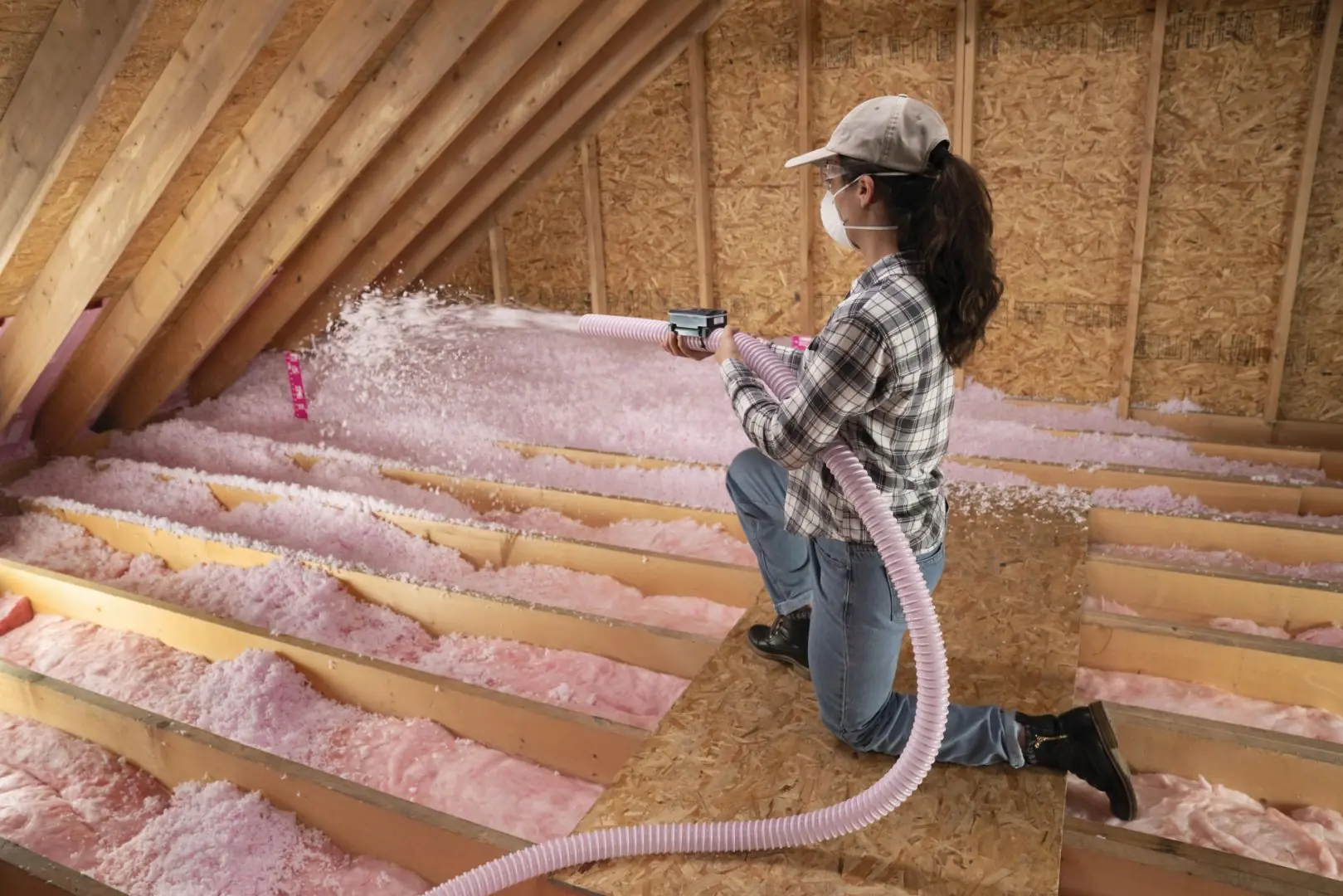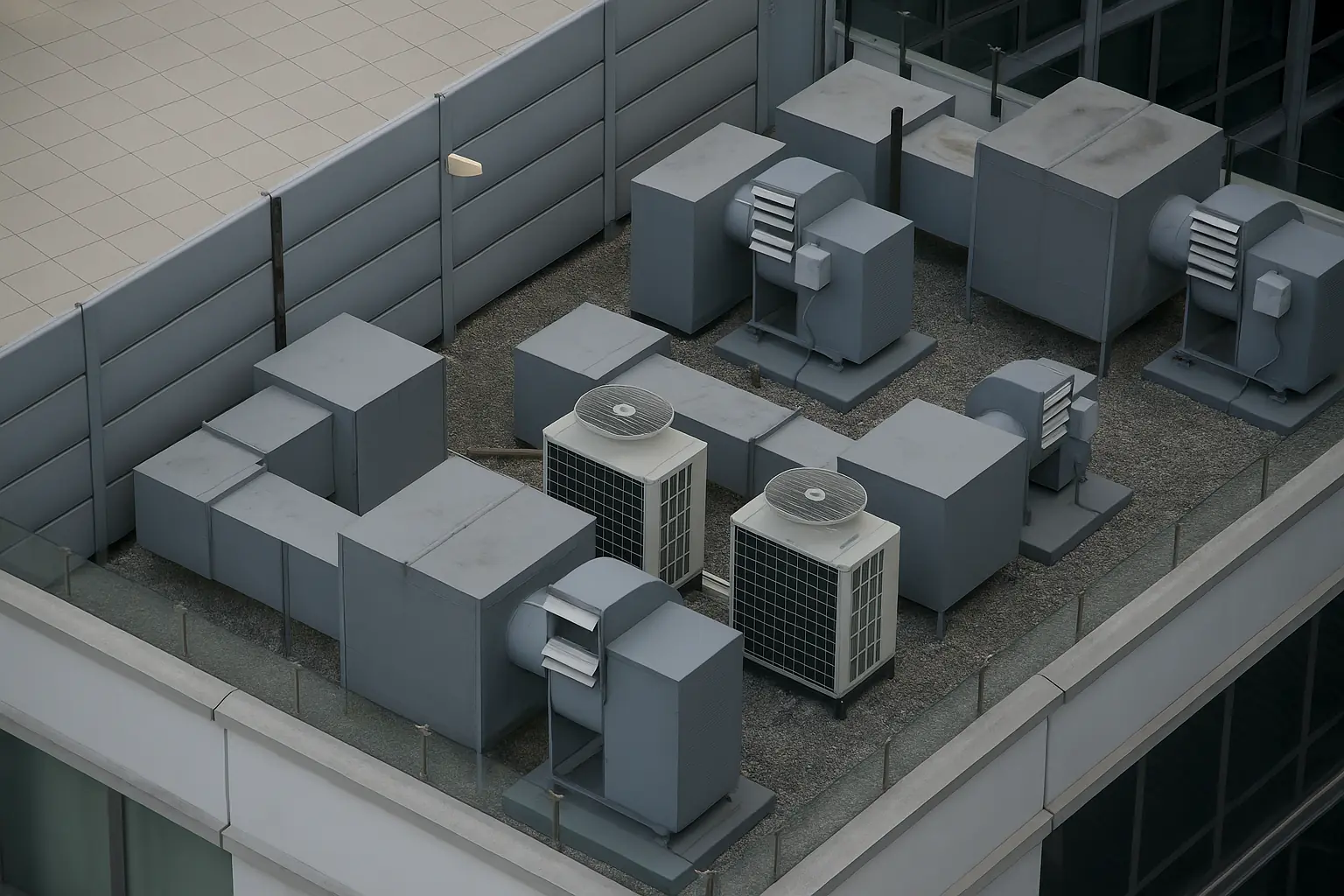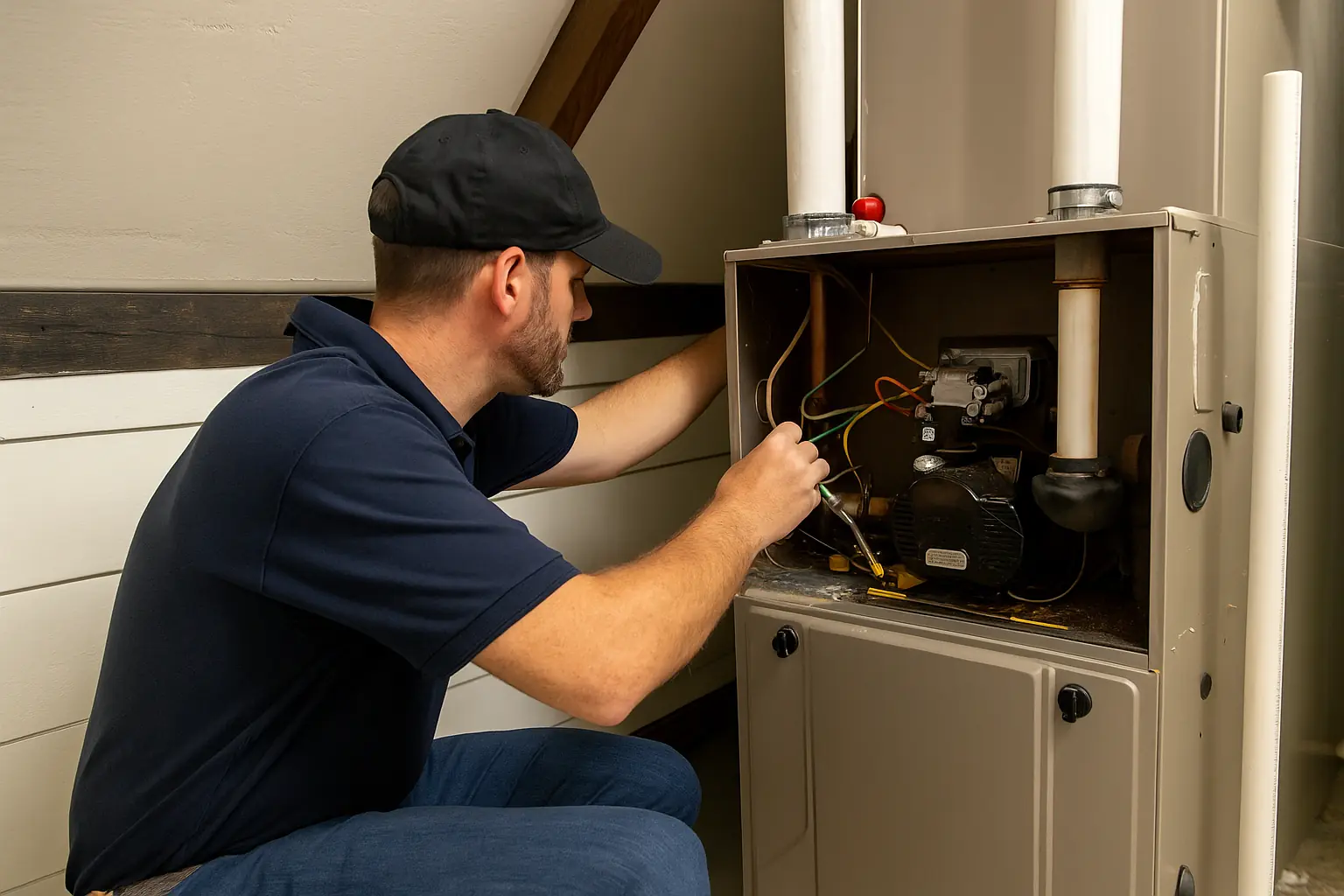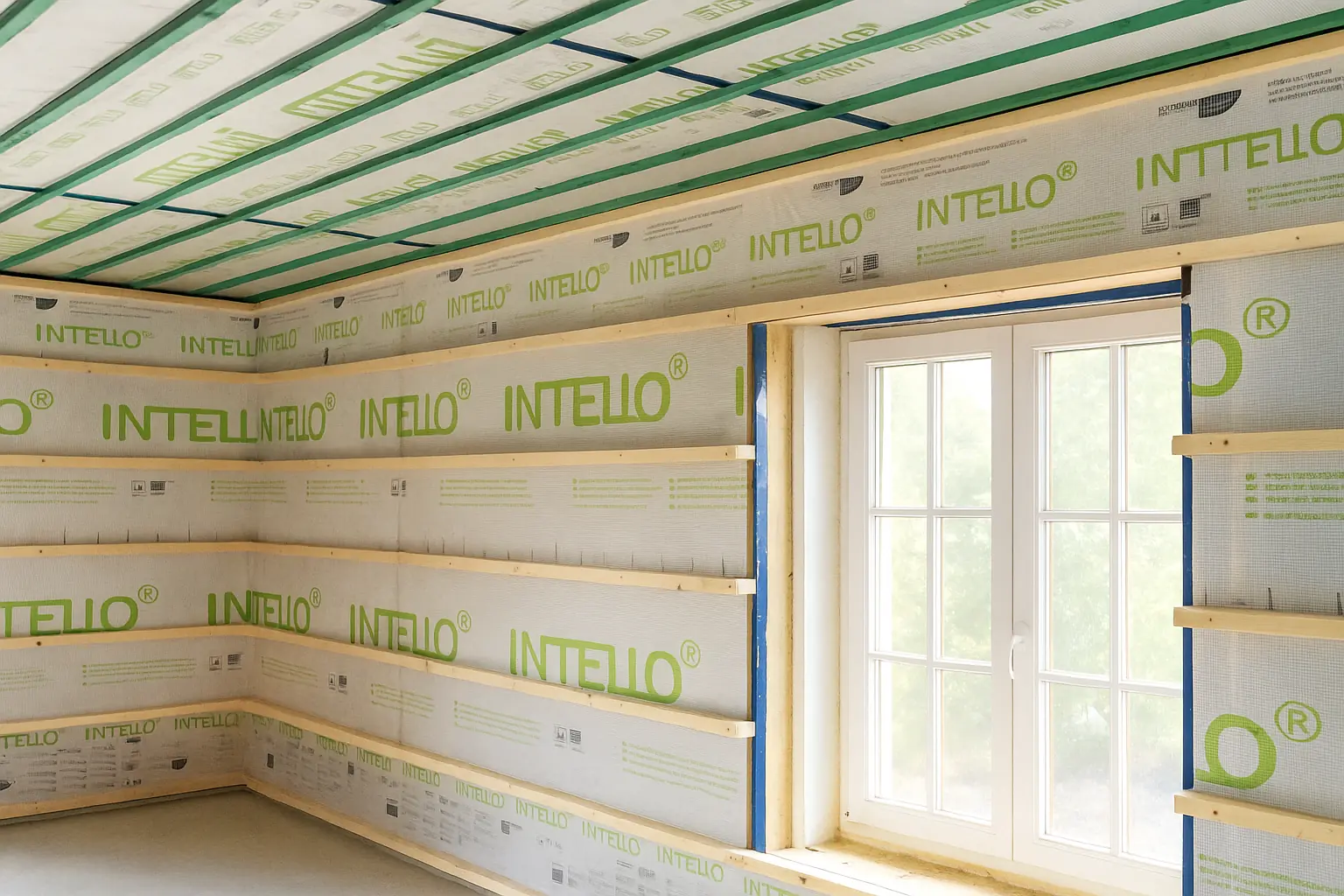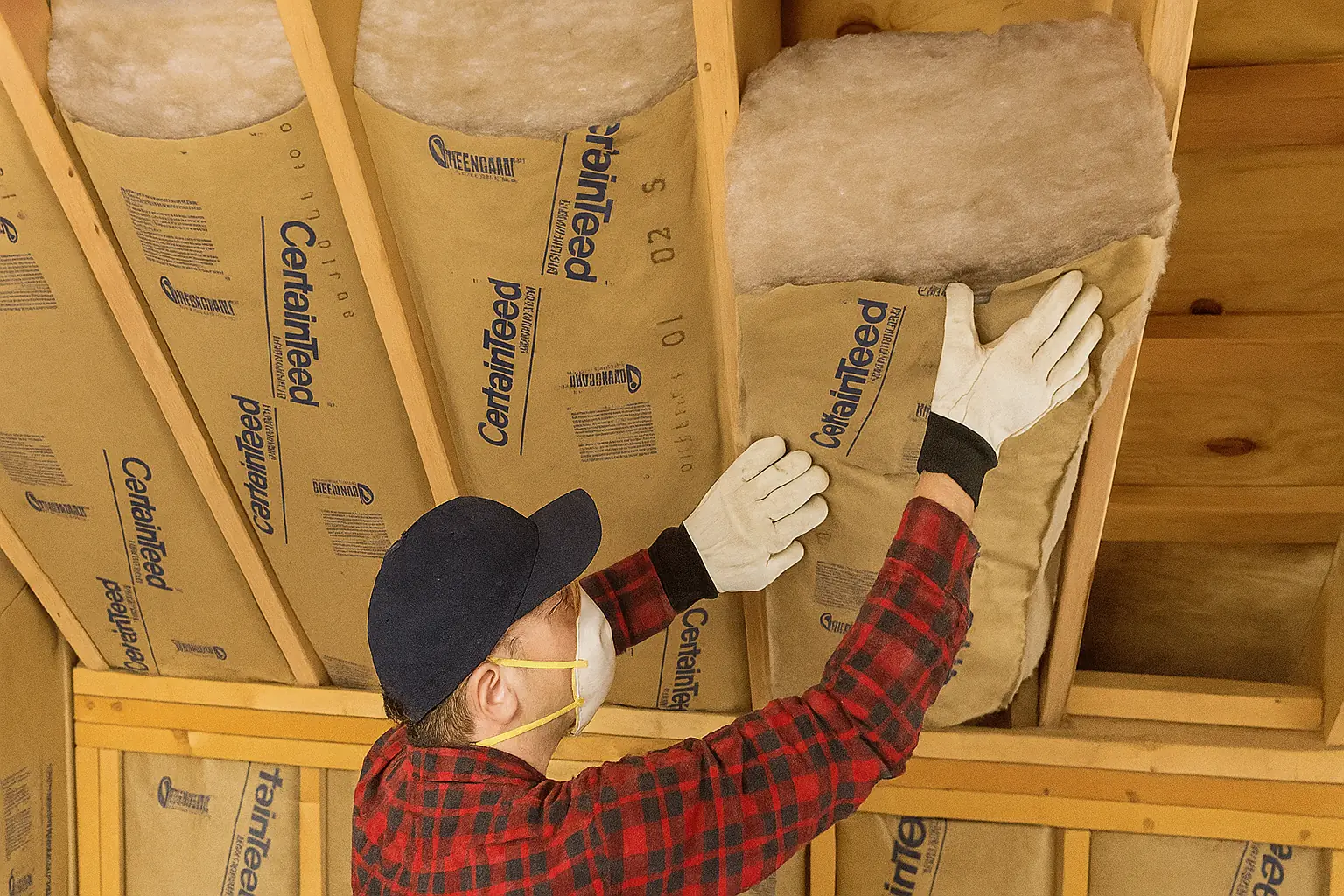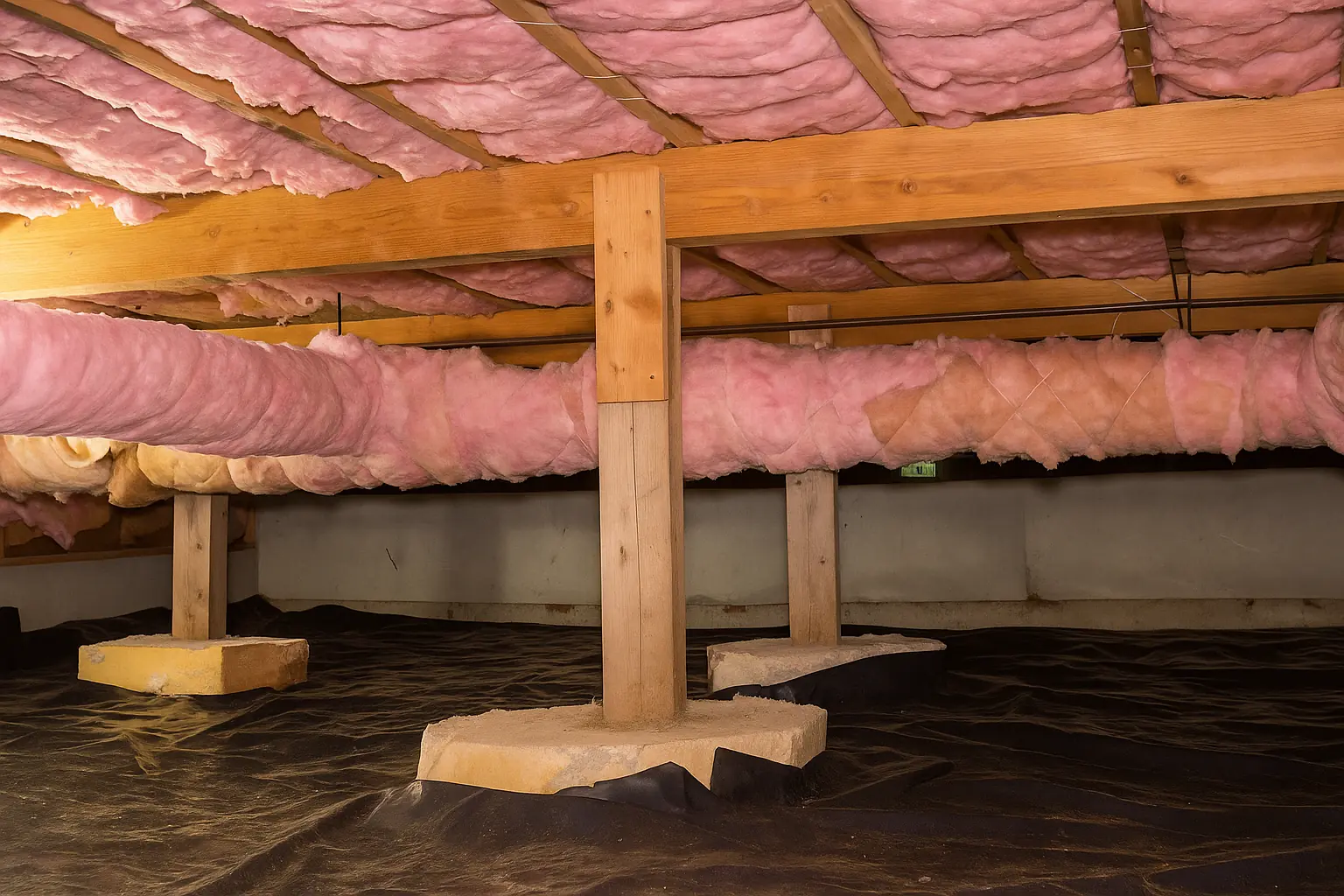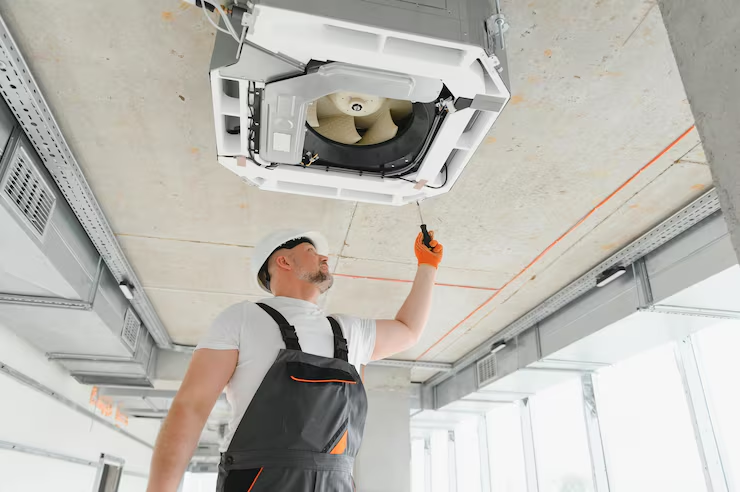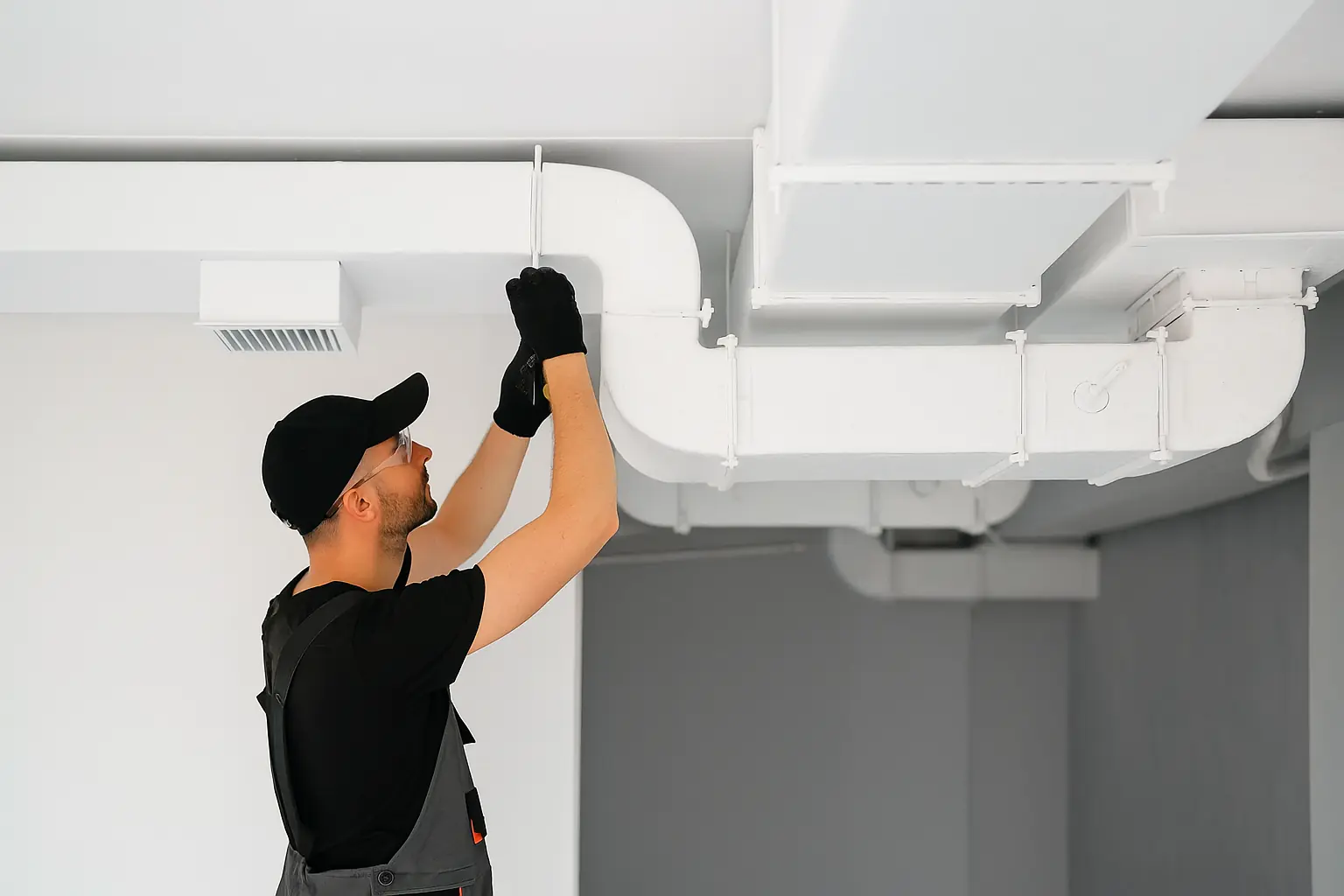If your house feels chilly in the winter or unbearably hot in the summer—and your energy bills are creeping up—your attic might be the culprit. That’s right: attic insulation plays a huge role in your home’s comfort, air quality, and overall efficiency.
Let’s dive into why attic insulation matters, how it works, and what your options are when it’s time to upgrade.
What Is Attic Insulation?
Attic insulation is a layer of material—fiberglass, cellulose, spray foam, or other substances—installed in the attic to slow the transfer of heat between your home and the outside environment. It acts like a thermal blanket, keeping warm air in during the winter and hot air out during the summer.
Without proper insulation, your HVAC system works overtime, your indoor temperatures fluctuate, and your energy bills skyrocket.
Why Attic Insulation Matters
1. Energy Savings
According to the U.S. Department of Energy, homeowners can save up to 15% on heating and cooling costs by properly insulating their attic. That’s money in your pocket every month.
2. Year-Round Comfort
Insulation helps maintain consistent indoor temperatures—no more freezing bedrooms in the winter or upstairs saunas in the summer.
3. Better Indoor Air Quality
Insulation can also help reduce the flow of outdoor pollutants, allergens, and moisture into your home.
4. Protects Your Home’s Structure
By reducing moisture buildup and preventing ice dams, attic insulation protects your roof and structural integrity.
Types of Attic Insulation
Each type of insulation has its own benefits, depending on your home, climate, and budget:
Fiberglass Batt Insulation
- Pre-cut rolls that fit between joists
- Cost-effective and widely available
- Best for unfinished attics with standard joist spacing
Blown-In Insulation (Fiberglass or Cellulose)
- Great for filling irregular or hard-to-reach spaces
- Cellulose is eco-friendly (made from recycled paper)
- Good for both attics and wall cavities
Spray Foam Insulation
- Expands to seal cracks and gaps
- Offers high R-value per inch (excellent insulator)
- Also works as an air barrier
How to Tell If Your Attic Needs More Insulation
Most homes—especially older ones—are under-insulated. Here are some signs it’s time to upgrade:
- Uneven temperatures throughout your home
- Cold drafts in winter or excessive heat upstairs in summer
- High heating/cooling bills
- Icicles or ice dams on your roof in winter
- Visible floor joists in your attic (a sign insulation is too thin)
The U.S. Department of Energy recommends most attics have R-38 to R-60 insulation, depending on climate. (R-value = thermal resistance; the higher, the better.)
Should You DIY or Call a Pro?
While adding fiberglass batts can be a DIY job, professional installers can help:
- Choose the right type and amount of insulation
- Seal air leaks before installing insulation (important!)
- Ensure everything meets local energy codes
- Safely install in tight or awkward spaces
Plus, many states offer rebates and tax credits for energy efficiency upgrades—your local pro can help you take advantage of those.
Final Thoughts: Invest in Comfort
Upgrading your attic insulation is one of the smartest, most cost-effective ways to improve your home’s comfort and efficiency. Whether you’re staying warm in winter, cool in summer, or just tired of high utility bills, a well-insulated attic makes all the difference.
Ready to take control of your home’s energy performance? Get a professional attic inspection and find out how insulation can work for you.

